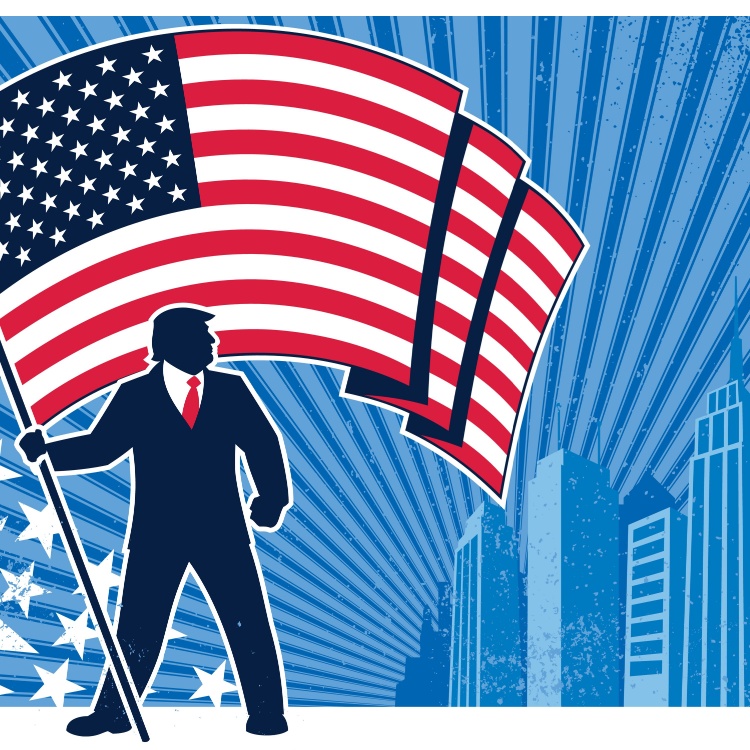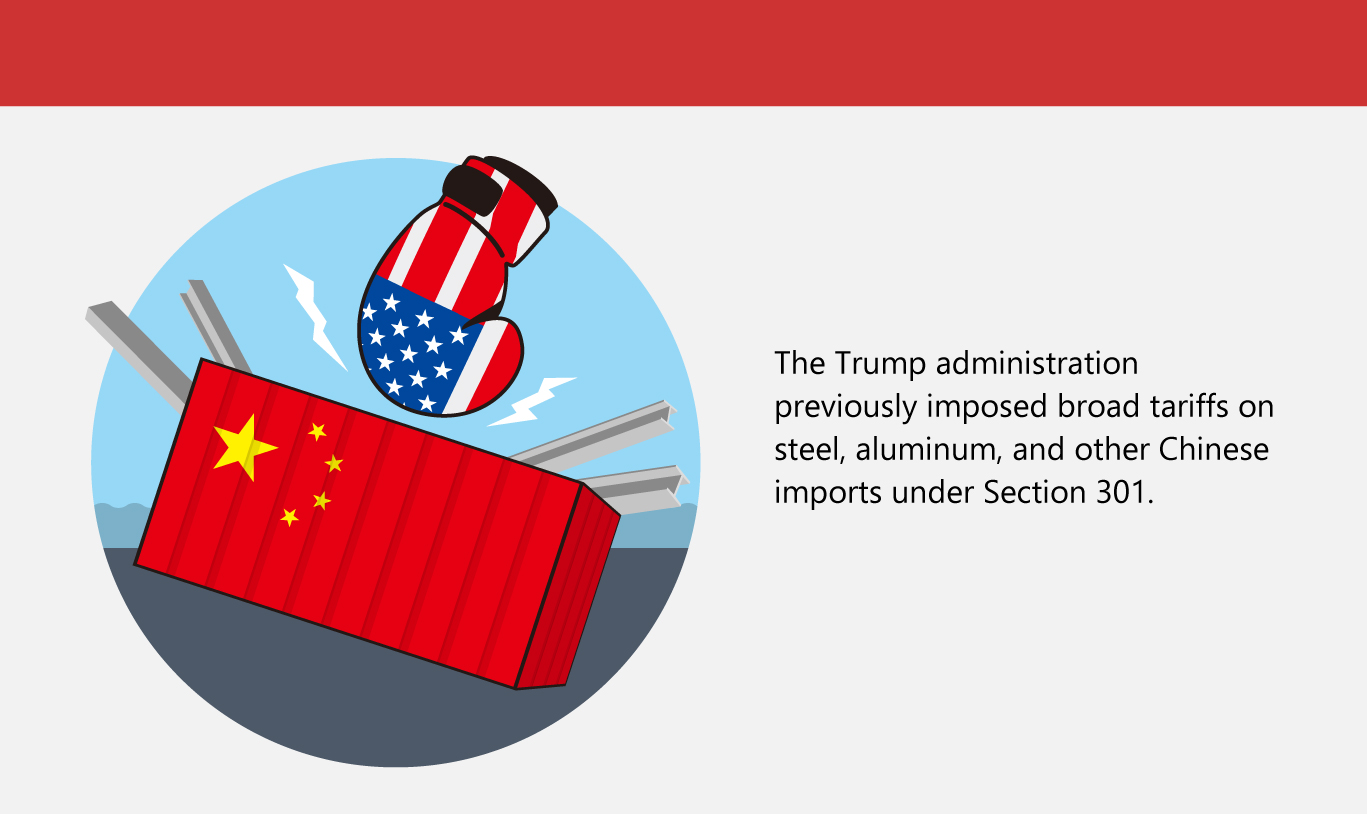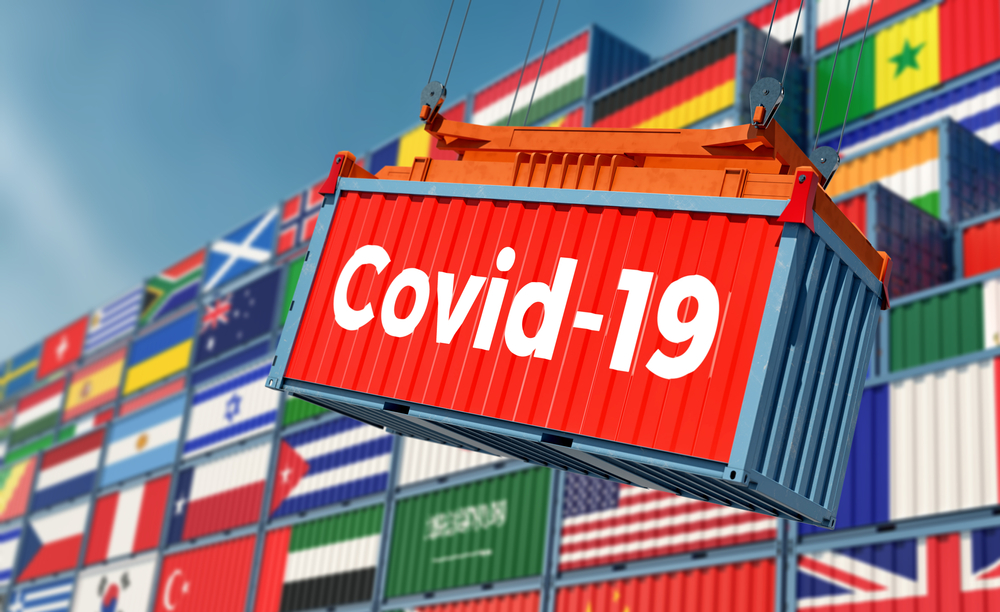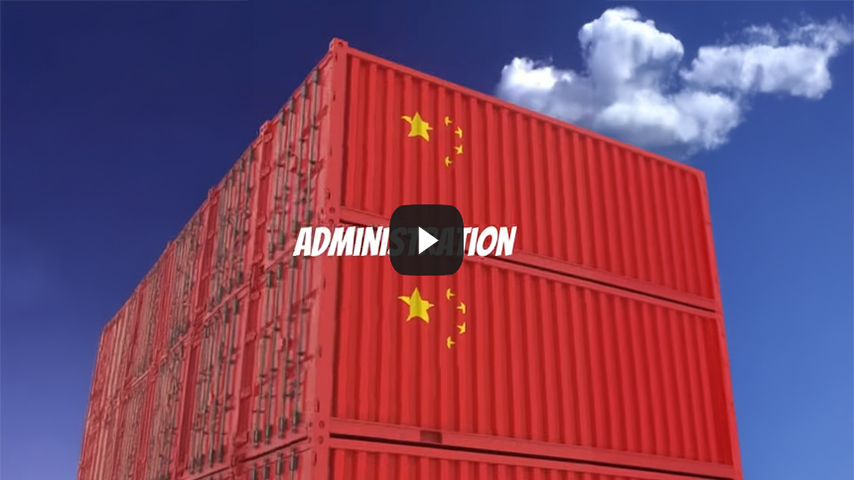What Will Happen to the Supply Chain Now That Trump Won?

With global manufacturing facing inflation and cost pressures, the US prepares for a new administration, likely influencing supply chain management and sparking market volatility.
Donald Trump secured a second presidential term, defeating Kamala Harris in a closely watched election. While supply chain issues weren’t central to their campaigns, the candidates presented contrasting views on tariffs, artificial intelligence (AI), and industrial manufacturing, signaling potential shifts in supply chain strategies.
Recent disruptions, including the pandemic, labor shortages, and geopolitical conflicts have brought supply chains into sharper political focus. These challenges highlighted the intricate connections within supply networks and the critical dependence of global manufacturing on their efficiency in delivering essential goods like food, pharmaceuticals, and household items.
The administration that was
In addressing these challenges and acknowledging the vital role of supply chains in sustaining a robust economy, the Biden Administration has implemented various measures to safeguard and strengthen U.S. logistics systems.
-
White House Council on Supply Chain Resilience
The council was created to strengthen national security and improve emergency recovery. It addresses vulnerabilities in industrial markets and works with federal agencies and private stakeholders to anticipate and mitigate disruptions.
-
Supply Chain Task Force
The task force collaborates with local governments, states, tribes, and businesses to resolve bottlenecks in critical areas like semiconductors and medical supplies. It fosters inter-agency cooperation to enhance supply chain transparency and resilience.
-
Freight Logistics Optimization Works (FLOW)
FLOW streamlines goods movement by introducing digital tools and data-sharing platforms. It improves tracking and reduces delays at major shipping hubs, ensuring reliability in freight logistics.
-
Enhanced Security Standards for Ports
New measures strengthen port security against cyber and physical threats. Upgraded screening technologies and global partnerships enhance infrastructure resilience and protect trade routes.
-
Association for Supply Chain Management (ASCM) Partnership
ASCM partners with the Department of Commerce to boost U.S. industry competitiveness. It supports manufacturing technologies and industries, workforce training, and collaboration to strengthen business resilience.
What needs to be done
From 2020 onward, ongoing geopolitical and economic challenges have shown that proactive planning outperforms reactive management. In times of uncertainty, supply chain management in manufacturing industries serves as the lifeblood of businesses, ensuring stability and smooth operations.
With Donald Trump reelected, businesses may rush shipments to avoid newly imposed tariffs. Measures are likely to impact U.S. trade relations and economic strategies profoundly. According to experts, here are vital steps to secure supply networks:
-
Strategic risk planning
Supply chain organizations must focus on proactive risk management to handle potential disruptions. This includes identifying vulnerabilities, communicating with stakeholders, and creating clear strategies to mitigate internal and external risks.
-
Strengthening adaptability
Building resilience is crucial, and leaders can achieve this by maintaining higher inventory levels and enhancing logistics flexibility. Staying informed about regulatory changes and preparing contingency plans for different political outcomes can further protect operations.
-
Navigating market fluctuations
Adapting to manufacturing market shifts is essential for business continuity and safeguarding supply chains from external challenges such as cyberattacks, geopolitical conflicts, delays, and shortages. These practices help ensure stability in a constantly changing environment.
-
Collaboration and constant communication
Teams from procurement, production, and departments must align on how changes in factors like consumer spending impact supply networks, projections, and financial plans, especially when unexpected fluctuations occur. For example, a report from the U.S. Commerce Department revealed a 0.8% drop in retail sales from December 2023 to January 2024, far exceeding the 0.1% decrease economists had predicted. Such significant shifts require manufacturers and their supply network collaborators to react swiftly and maintain coordination to adjust strategies effectively.
-
Resource allocation
By reallocating resources and prioritizing key production lines based on demand, the company ensures that its most critical products are produced without significant delays. For instance, a car manufacturer may shift available components to its most popular vehicle models, ensuring that high-demand cars are completed on time while less popular models may face production delays. This strategic use of manufacturing capabilities helps minimize the impact of shortages, improves operational efficiency, and ensures customer satisfaction by prioritizing high-value products.
-
Leveraging technology
Maximizing technology, including AI, helps electronics manufacturing services (EMS) companies optimize supply chains with tools like inventory management software and predictive analytics. In aerospace engineering, advanced simulation software can predict parts' wear and tear, allowing companies to allocate resources for maintenance or replacements before disruptions occur, ensuring smoother production processes.
-
Prioritizing sustainability
Sustainability is shaping supply chains, with regulations like the EU’s Corporate Sustainability Reporting Directive (CSRD) pushing businesses to prioritize responsible sourcing. In the renewable energy market, companies must use business-to-business technology to connect with compliant suppliers, ensuring they meet environmental standards and report metrics accurately. This technology is crucial for maintaining transparency and compliance across multi-tiered supply chains.
-
Supplier diversification
To mitigate geopolitical risks, organizations should focus on diversifying their supplier base. According to a survey by Economist Impact, over a third of respondents are focusing on expanding their supplier base (40%) and implementing multi-sourcing strategies (35%). This approach is particularly relevant in manufacturing, where integrating ESG (Environmental, Social, and Governance) principles can further strengthen supply chains by promoting sustainable and ethical sourcing while reducing vulnerability to external disruptions.
On tariffs
 The future of tariffs and their impact on supply chains depends on upcoming policies. The Trump administration previously implemented extensive tariffs on Chinese goods like steel and aluminum. The Biden administration has maintained these tariffs and added measures on Chinese electric vehicles and metal components.
The future of tariffs and their impact on supply chains depends on upcoming policies. The Trump administration previously implemented extensive tariffs on Chinese goods like steel and aluminum. The Biden administration has maintained these tariffs and added measures on Chinese electric vehicles and metal components.
While these tariffs protect U.S. industries like manufacturing, they may increase costs for American consumers. In response, countries such as China have shifted production to regions like Southeast Asia, Mexico, and Africa to avoid U.S. tariffs by outsourcing.
This trend is driving nearshoring and reshoring strategies, as companies seek regional supply chains rather than relying on distant markets. The U.S. is focused on reshoring industries like semiconductor manufacturing to reduce dependence on foreign sources, such as Taiwan.
However, the long-term impact of these tariffs remains uncertain, as businesses must balance cost efficiency with the evolving trade landscape.
As one of the Top 20 EMS companies in the world, IMI has over 40 years of experience in providing electronics manufacturing and technology solutions.
We are ready to support your business on a global scale.
Our proven technical expertise, worldwide reach, and vast experience in high-growth and emerging markets make us the ideal global manufacturing solutions partner.
Let's work together to build our future today.
Other Blog



